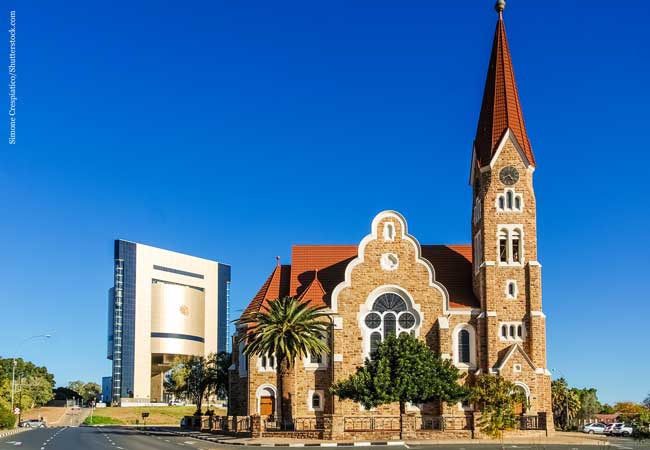One of the efforts proposed by geoengineering proponents to counteract climate change is the creation of artificial clouds over the sea, known as marine cloud brightening (MCB). The process is to make use of an effect that Prof. Anna Possner, an atmospheric physicist at Goethe University Frankfurt, has described using the example of the low cloud strips, which are created from ship exhaust gases and also known as ship tracks. Since these ship tracks reflect sunlight, they cool the ocean surface below. “More than two thirds of Earth is covered by oceans. Since the dark ocean surfaces absorb almost all solar radiation, such shielding clouds have a particularly great effect over the sea,” Posner explains.

MCB used saltwater spray to imitate the effect of ship exhaust fumes. A problem associated with this approach is that there exist many different types of clouds, and if the attempt to imitate ship-track clouds fails, the manipulation attempt could exacerbate global warming.
For this reason, a group of 31 leading atmospheric scientists, including Anna Possner, has drawn up a research plan designed to provide the scientific basis for evaluating MCB concepts. Possner: “MCB cannot offset our greenhouse gas emissions. Instead, we want to determine if and to what extent MCB could be used to buy us time to get our greenhouse gas emissions under control – and at what cost. Even if MCB scenarios were able to achieve the desired cooling on a global average, it is unlikely that regional impacts of climate change would be fully compensated.”
Background: In its “Climate Crisis” issue, Goethe University Frankfurt’s “Forschung Frankfurt” magazine reported on the work of Prof. Anna Possner (article in German).
Publication: Graham Feingold, Virendra P. Ghate, Lynn M. Russell, Peter Blossey, Will Cantrell, Matthew W. Christensen, Michael S. Diamond, Andrew Gettelman, Franziska Glassmeier, Edward Gryspeerdt, James Haywood, Fabian Hoffmann, Colleen M. Kaul, Matthew Lebsock, Allison C. McComiskey, Daniel T. McCoy, Yi Ming, Johannes Mülmenstädt, Anna Possner, Prasanth Prabhakaran, Patricia K. Quinn, K. Sebastian Schmidt, Raymond A. Shaw, Clare E. Singer, Armin Sorooshian, Velle Toll, Jessica S. Wan, Robert Wood, Fan Yang, Jianhao Zhang, Xue Zheng. Physical science research needed to evaluate the viability and risks of marine cloud brightening. Science Advances (2024) https://doi.org/10.1126/sciadv.adi8594
NOAA’s press release.








